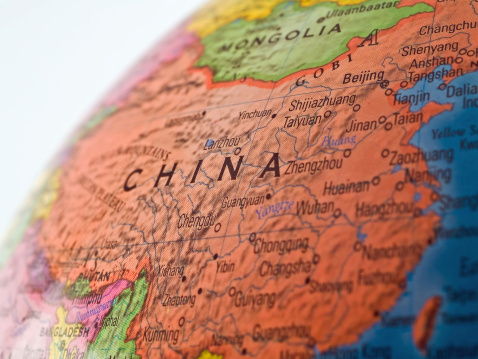This post may contain links from our sponsors and affiliates, and Flywheel Publishing may receive
compensation for actions taken through them.
The headlines about China’s GDP growth based on International Monetary Fund (IMF) forecasts was the same across the media. The rate will settle at 7% this year. The People’s Republic government has had an easy time explaining that the lower growth will curb such things as inflation and pollution. Its statements are misleading. China is in trouble.
In a statement called “IMF Mission Completes the 2013 Article IV Consultation Discussions with China,” the agency not only tempered its growth forecast, but it also warned:
Fiscal reforms are an integral part of the agenda to support rebalancing, improve governance, and raise the efficiency of investment. Including local government financing vehicles, an estimate of ‘augmented’ general government debt has risen to nearly 50 percent of GDP, with the corresponding estimate of an ‘augmented’ fiscal deficit on the order of 10 percent of GDP in 2012. While part of this deficit is financed through land sales, and augmented debt is still at a well-manageable level, it is important to gradually reduce the deficit over the medium term to ensure a robust and sustainable debt profile.
China, unexpectedly, has become part of the global debate on government debt. The central government likely does not care. Its current level compared to gross domestic product should be enviable to the balance of the world’s developed economies, particularly those in Europe.
The real problems that China faces escaped the IMF forecast. One is that a troubled economy somewhere in the world could easily pull China’s GDP improvement well below 7%. This is particularly true if the EU recession accelerates and America’s growth does not pick up in the current quarter and the next.
The other trouble is that China’s consumer class, which numbers into the tens of millions, may be spooked by slowing growth. There is already evidence that workers who migrate to the large cities have had their spending undermined by low rates of wage increases. However, wages have risen enough in the past few years so that manufacturing costs in China are no longer competitive in some sectors. Manufacturing is moving to Mexico, Southeast Asia and, tragically, India. If U.S. GDP is reliant primarily on consumer spending, China may not have the same engine, at least in the near term. Middle-class consumers have a right to be anxious, and that anxiety will not do the People’s Republic any good.
China’s GDP will grow at a 7% rate this year — if it is lucky.
Take This Retirement Quiz To Get Matched With An Advisor Now (Sponsored)
Are you ready for retirement? Planning for retirement can be overwhelming, that’s why it could be a good idea to speak to a fiduciary financial advisor about your goals today.
Start by taking this retirement quiz right here from SmartAsset that will match you with up to 3 financial advisors that serve your area and beyond in 5 minutes. Smart Asset is now matching over 50,000 people a month.
Click here now to get started.
Thank you for reading! Have some feedback for us?
Contact the 24/7 Wall St. editorial team.





